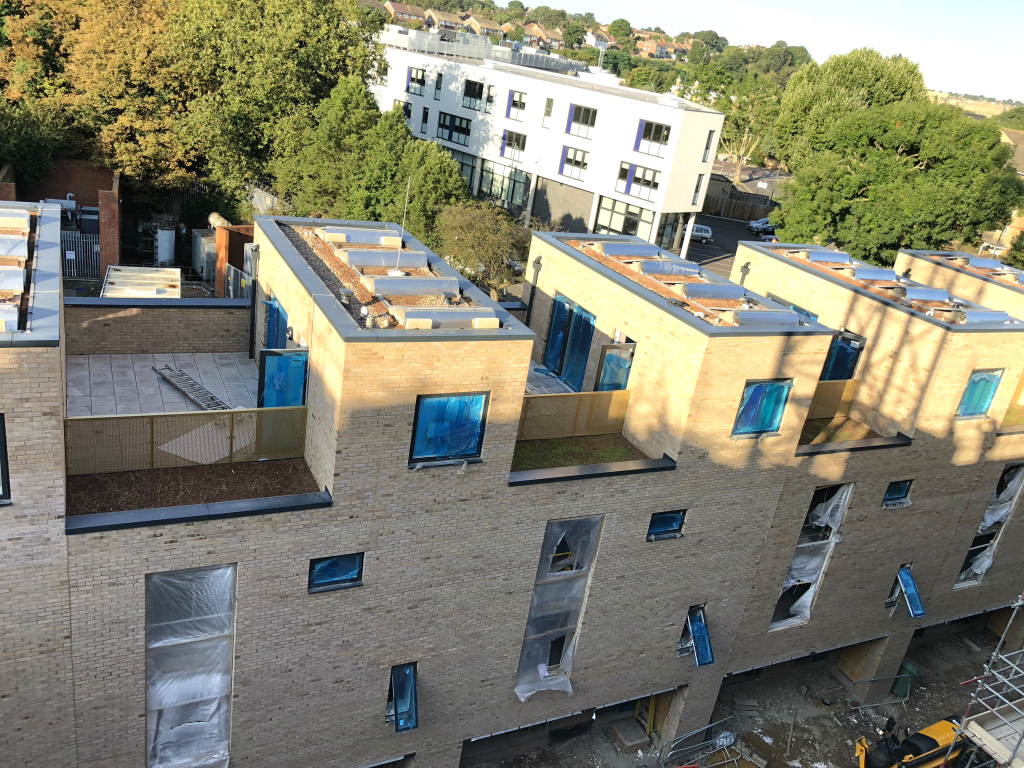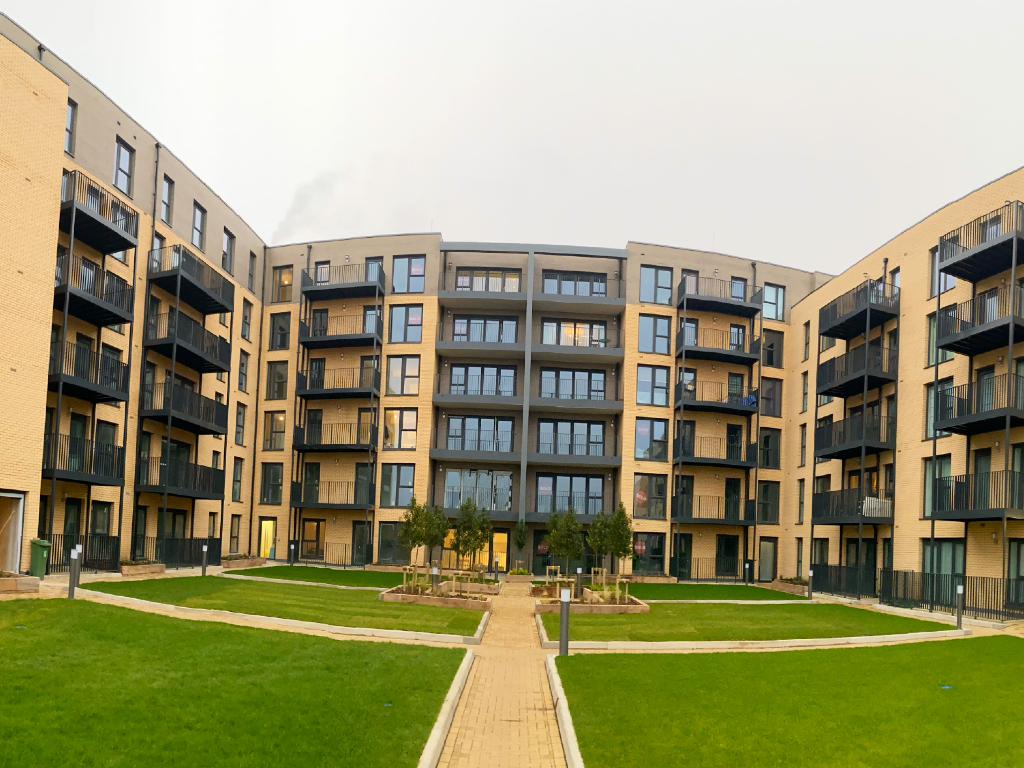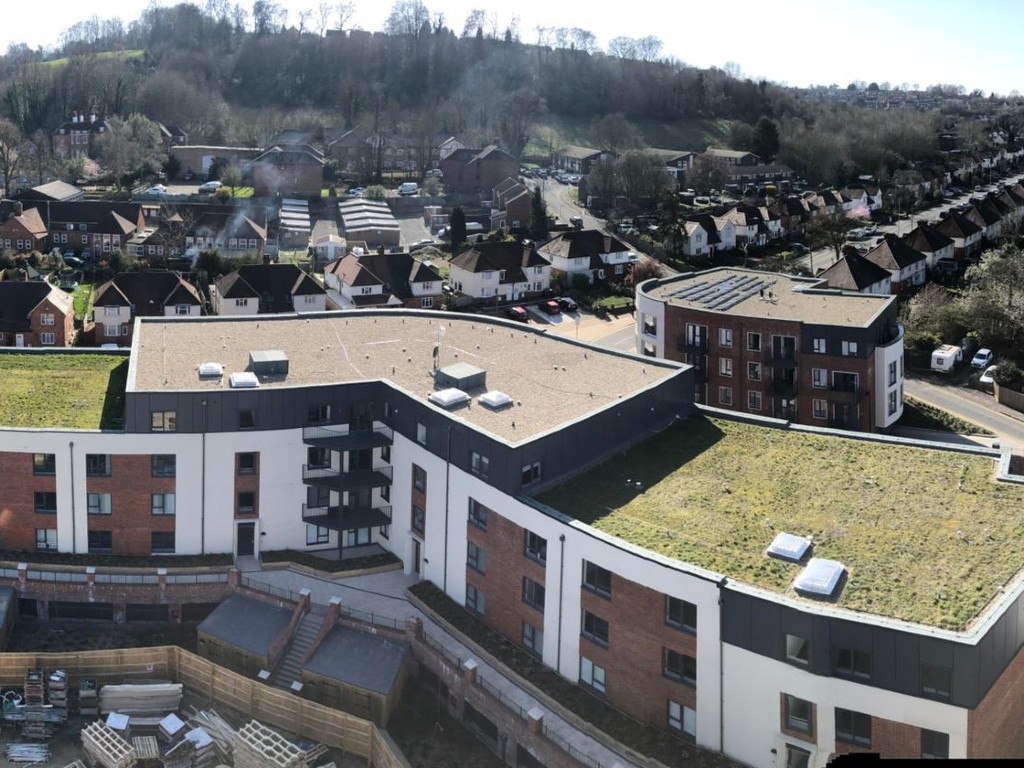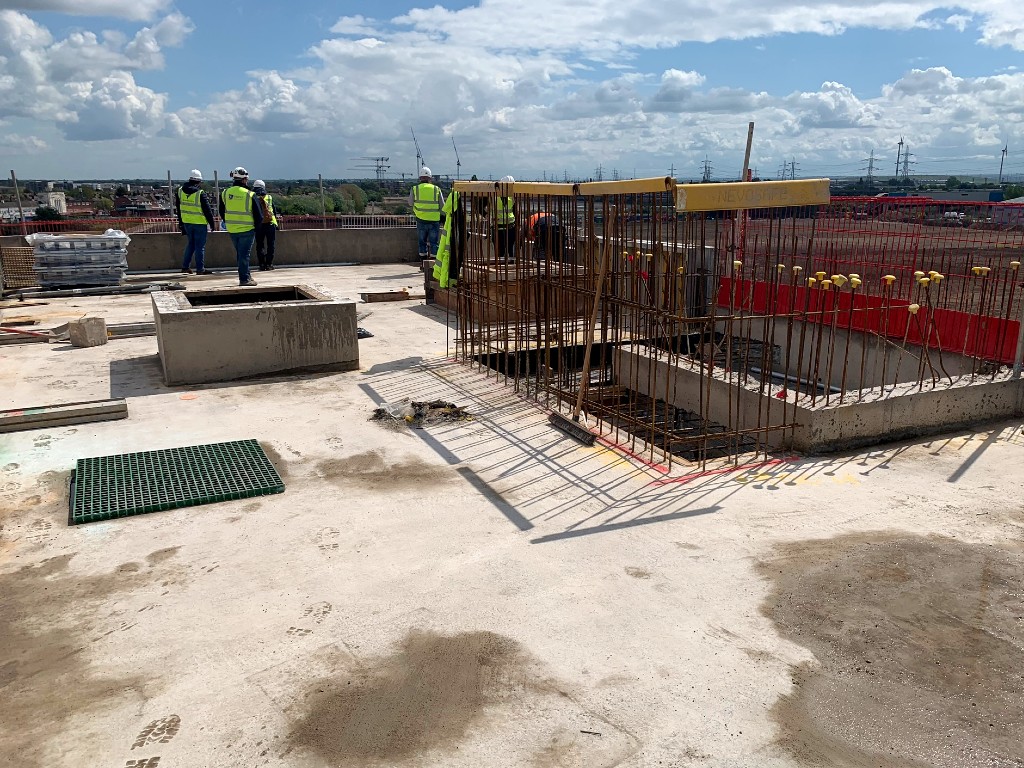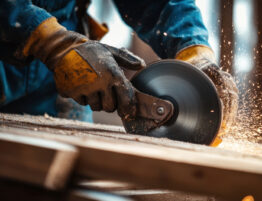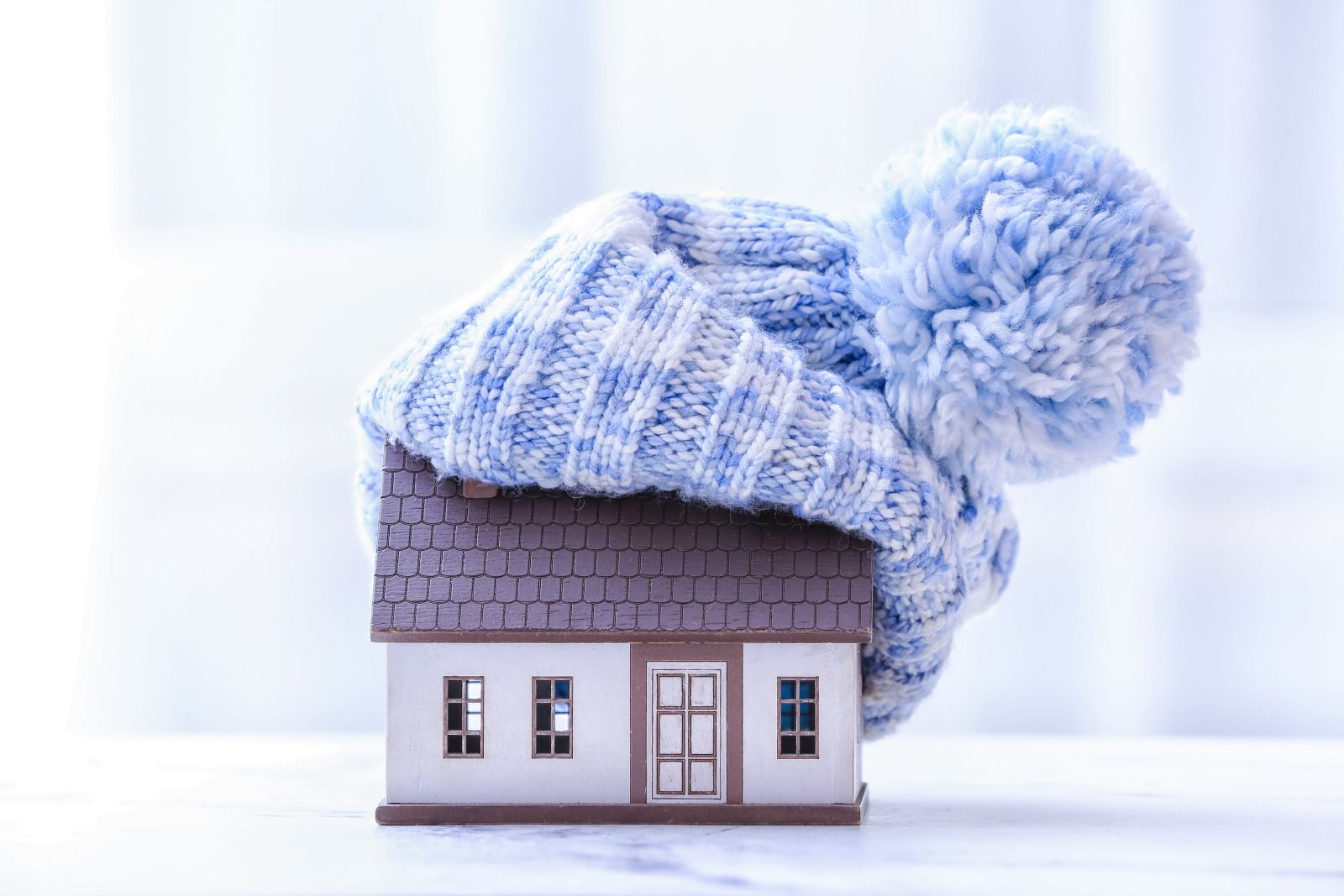
When the use of flat-roofing in construction hit its first wave of popularity (roughly from the 1950’s to 1970s), most of the properties that were built during that time offered little or no insulation.
This approach, known as ‘cold roof’ construction, is now only rarely used as modern day property developments are far more likely to use ‘warm roofing’ methods which help to ensure rooms in the building are warmer in the winter and cooler in the summer, thereby reducing energy usage, bills and environmental impact.
In this week’s blog, we’re putting the spotlight on roofing insulation, its benefits and what’s changed between the older and newer generation systems.
Warm roof insulation (new generation)
With warm insulation, the insulating material is placed above the timber rafters/ deck, meaning the internal part of the roof and any area directly below it are as warm as the rest of the building. While there are many different materials which can be used (e.g. wood fibre, cellular glass and polystyrene), rigid PIR boards have become a popular choice – largely because they don’t sag and offer excellent long-lasting performance.
The installation of warm flat roofing requires specialist equipment and a team of experts who understand the processes involved (this is not a DIY job) and because it needs to be periodically checked, consideration must be given to how the roof can be accessed going forwards.
Being both thermally efficient in design and cost-effective, warm flat roofing is considered to be the best roof option for the UK climate. Here are three of its many benefits:
- Energy efficiency – As mentioned above, the rooms within a building that has a warm flat roof will benefit from being warmer in the winter and cooler in the summer (the reduction in heat loss is estimated at up to 25%). This reduces energy usage and carbon emissions.
- Preventing damp and condensation – If and when older style flat roofs incorporated an insulating material, it was usually a wool insulation which was fitted between joists with no damp-proof membrane or ventilation. As a consequence of there being warm air in the room and cold air in the roof, buildings of those times were prone to damp and condensation. In contrast, modern warm roofs with rigid insulation installed over a damp proof membrane prevents condensation without the need for ventilation.
- Long-term cost-effectiveness and performance – Although these roofing systems are not cheap to install, by reducing energy use, warm roof insulation also reduces energy bills for the building’s users over the long-term.
Cold roof insulation (older generation)
The main difference between modern warm roofing and the older style of cold roof insulation is that previously the insulating layer was placed between or under the timber rafters/ deck, thereby leaving the roof cold. Loft insulation roll was commonly used as its lightweight and easy to manoeuvre. While pretty cheap and easy to install, this style of roofing usually also required a roof void ventilation system to prevent damp accumulating.
Now regarded as a completely outdated method and unsuitable for modern buildings, cold roof system might still have some uses. For example it can be a suitable way to insulate outbuildings where the benefits that a warm roof can offer may not be so important.
What about building regulations?
Flat roofing insulation is, of course, subject to building regulations which state rigorous U-value targets for roofs.
A U-value is basically a measuring unit that tells builders, architects and engineers in the UK how good a material is at insulating. Measured in Watts/metres squared Kelvin, the lower the U-value the better the insulation properties of the material.
The latest flat roof insulation amendment came in 2010, stipulating a U-value target of 0.18W/m2K for new or replacement flat roofs. The intention with this is that more insulation equals better heat retention, which both lowers energy costs and helps to reduce CO2 emissions.
How long does flat roof insulation last?
Modern flat roof insulation systems use materials that are extremely robust and so, generally, you can expect it to last between 25 – 40 years. While exposure to the elements means warm roofing does degrade a bit faster than a cold roof, because it will be combined with durable waterproofing material, this shouldn’t be anything to worry about.
The upshot
While it hasn’t always been the case, nowadays installing insulation as part of a flat-roofing system is an essential part of many building projects, especially where properties are for residential use.
There are now many excellent insulation systems available and choosing the right one often depends on the type of building you’re working with and its intended use. Here at Sheriff, we work closely with our clients and suppliers like IKO, Axter, Fatra, Jablite, Kingspan and Eco Green Roofs to bring the right solutions into the flat roofing we install. All are working hard to reduce CO2 emissions, including within their products/ manufacturing and the way in which they arrange deliveries (i.e. in large quantities only to reduce the impact of transportation).
Irrespective of which system is used, the important thing to remember is that effective roofing insulation is one of the key means of reducing energy use in buildings, reducing costs and helping with the fight against climate change. With long-term benefits like this, it just makes sense.
Take a look at some of our flat-roofing and insulation projects here:
10.11.2021
Feature image: Freepik

